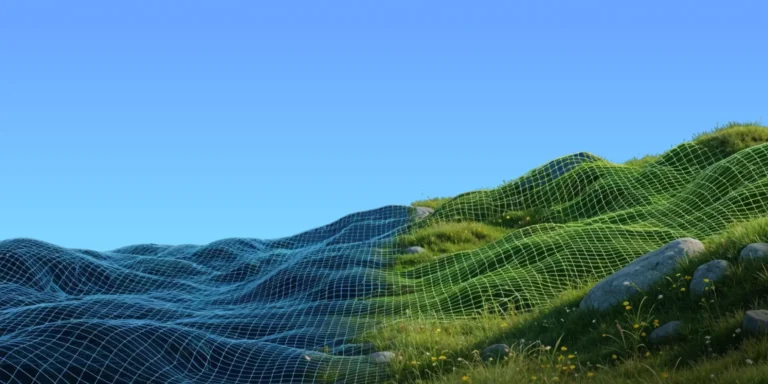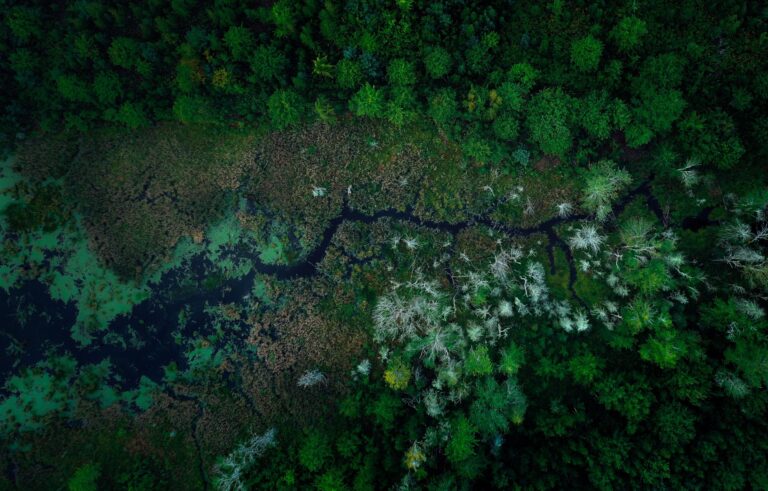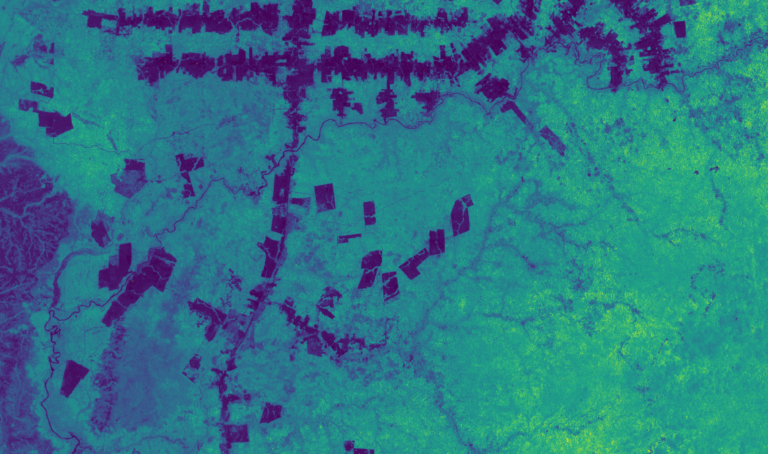At Pachama, we are committed to surfacing the world’s highest-quality forest carbon projects so businesses can be confident in the climate impact of their investments. In September 2022, we overhauled our evaluation process with Project Evaluation Criteria 2.0. We aimed to raise our quality bar and advance a more transparent, high-integrity carbon market. Building on months of learnings and technology advancements, we are excited to introduce a number of improvements with a version update. Project Evaluation Criteria 2.1 will ensure that we continue to surface high-impact projects while giving businesses access to new project performance and risk data to inform their carbon investment decisions.
What’s new?
With our latest update, we are introducing several criteria improvements and a simplified structure alongside more robust data for customers.
Re-imagining baselines with artificial intelligence
After months of market research, expert input, and extensive testing, we are thrilled to announce that we will now leverage our Dynamic Control Area Baseline to evaluate project quality. To start, we will use this technology on avoided deforestation projects in Brazil, where we have sufficient validation. We plan to expand to more regions and project types over time.
The Dynamic Control Area Baseline represents a significant improvement over the status quo for several reasons: 1) our baseline is algorithmic rather than dependent on human calculations and assumptions, 2) emissions are observed using satellite data rather than predicted based on historical trends, and 3) we quantify uncertainty in our baseline scenario selection rather than assuming the baseline is a perfect representation of the project. Learn more about the advantages of a dynamic baseline here and see a technical deep dive into our research here.
Criteria improvements and new insights
In addition to implementing this exciting new baseline technology, we are making several other improvements to our criteria. First, our carbon inventory check will now allow projects to derive their carbon stock from peer-reviewed literature as long as the publication’s study region is suitably comparable to the project area and their reported carbon stock is <20% of the value Pachama derived from remote sensing data. This update will open an additional pathway for alignment with our criteria, particularly for smaller projects that do not have the funding or capability to establish field plots.
Second, we will offer new insights about planned commercial harvesting at the end of an ARR project. Pachama’s forest science experts first complete a thorough review of all publicly available information on post-project plans and present a summary of key findings. Additionally, we research all tree species planted in the project area and assess whether those species are viable for commercial harvest in that particular region. This gives buyers further insight into project durability and potential risk to guide investment decisions.
A simplified structure
Along with these improvements, we are also introducing a simplified Pachama Quality Standard and a more accessible criteria structure. Every forest conservation or restoration project listed on the Pachama Marketplace must adhere to our four core standards: Additional, Conservative, Durable, and Beyond Carbon. Project Evaluation Criteria 2.1 comprises a series of checks and insights to ensure every forest project on Pachama’s Marketplace upholds our Quality Standard.

What does it mean for businesses investing with Pachama?
Increased quality assurance
Implementing Pachama’s Dynamic Control Area Baseline increases confidence in a project’s baseline quality. This technology is the most advanced in the industry and the first to offer a dynamic view of project performance alongside a stronger understanding of risk. The dynamic approach allows us to observe the on-the-ground impact of a carbon project over time, ensuring that the project provides a net additional climate benefit. Critically, we quantify the uncertainty of our control area selection and apply a confidence band around annual baseline emissions. Understanding where a project’s reported baseline falls within Pachama’s confidence band gives buyers a better understanding of any over-crediting risk due to a poor baseline. The Dynamic Control Area Baseline ultimately offers a transparent, algorithmic approach to ensure that carbon credits equal real and additional emissions reductions.
Accessible, interactive data to guide investment decisions
With the launch of Project Evaluation Criteria 2.1, we are improving data accessibility so that our enterprise customers can make more informed, defensible investment decisions. We know that evaluating project quality is critical in building an impactful sustainability program — but defining and assessing quality is a complex, time-intensive process. Pachama now offers project-specific evaluation reports through our online portal, giving customers access to in-depth due diligence across key quality indicators, with interactive graphics and expert scientific commentary.

Confidence in financial additionality
Assessing additionality based on project-specific financial analysis is challenging and lends itself to numerous subjective assumptions, such as capital costs, operation and maintenance costs, and inflation rates. This difficulty is compounded by the fact that the information provided to verifiers to perform this kind of analysis is often not publicly available.
Using our Dynamic Control Area Baseline, we can assess a baseline’s quality while also confirming the financial additionality of credits by comparing outcomes from project scenarios with no-project scenarios. Importantly, analysis is done on an ex-post basis rather than attempting to predict the outcome of a no-project scenario based on subjective assessments of the financial incentives of individual landowners. In other words, we can use satellite data to see the real impact of carbon financing on the ground.
What’s next?
- Expansion and model improvement: in the coming months, Pachama hopes to expand our use of the Dynamic Control Area Baseline to more regions and project types. We also expect key improvements to our current approach to further reduce baseline uncertainty. We are testing annual matching features for quantities likely to vary over time and will also test feature weighting.
- Beyond carbon insights: we know optimizing investments for impact is critical, but when it comes to nature, impact is so much more than carbon. In our next update, we plan to expand our criteria to elevate new insights on biodiversity and nature benefits.
- Methods and technical documentation: Pachama is committed to transparency and will continue publicly sharing learnings and results. We have already shared some of these results for avoided deforestation projects in our research brief, and we plan to formally publish our methods and results through an academic peer review process.
Subscribe to our newsletter to read future blog posts and learn about our progress on each of these fronts! We welcome your questions or feedback at [email protected]. For media inquiries, please contact us at [email protected].
Ready to learn more?
Get in touch with our team to learn how we can help you invest in tech-verified projects or start your own project from the ground up.






